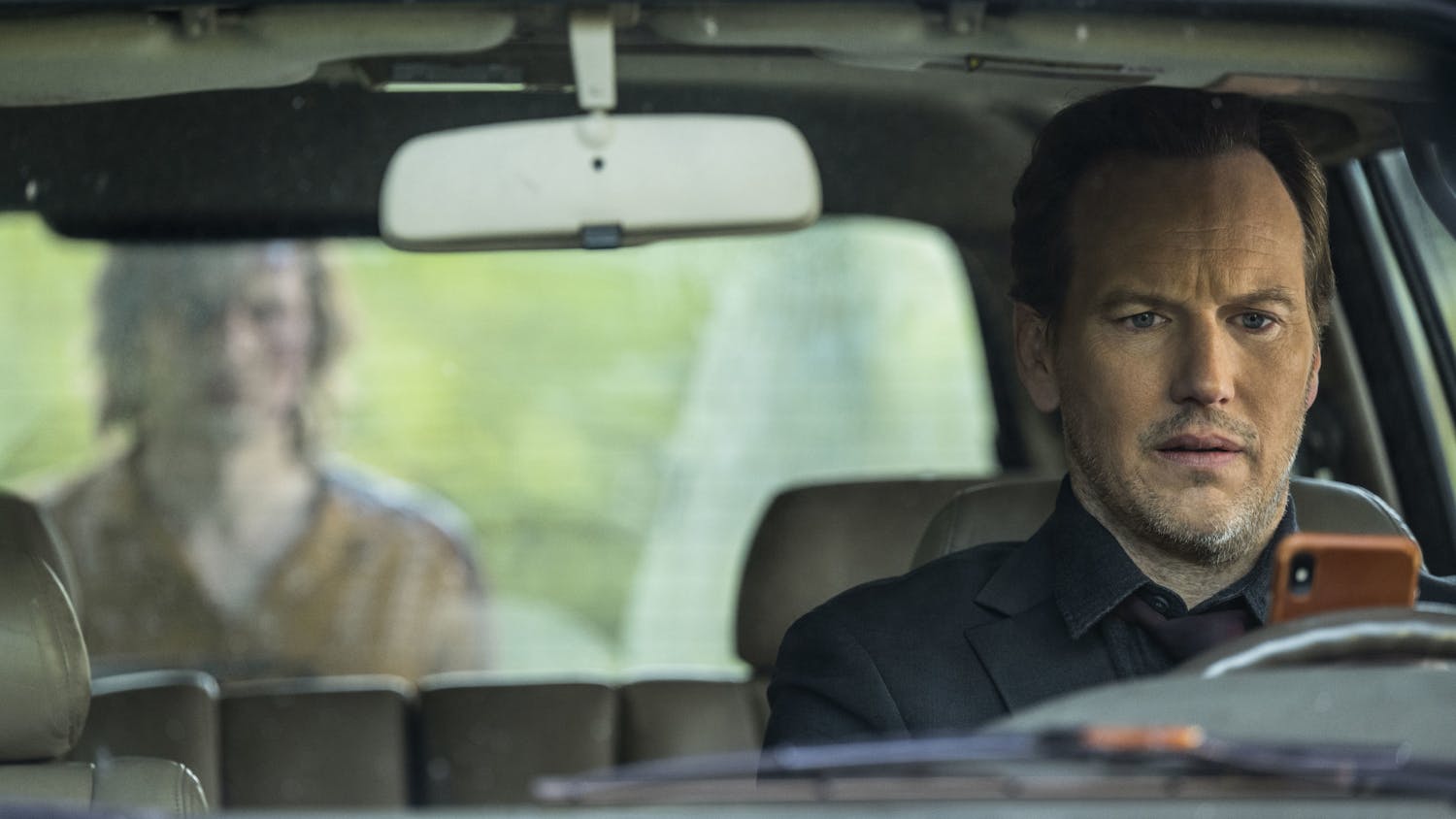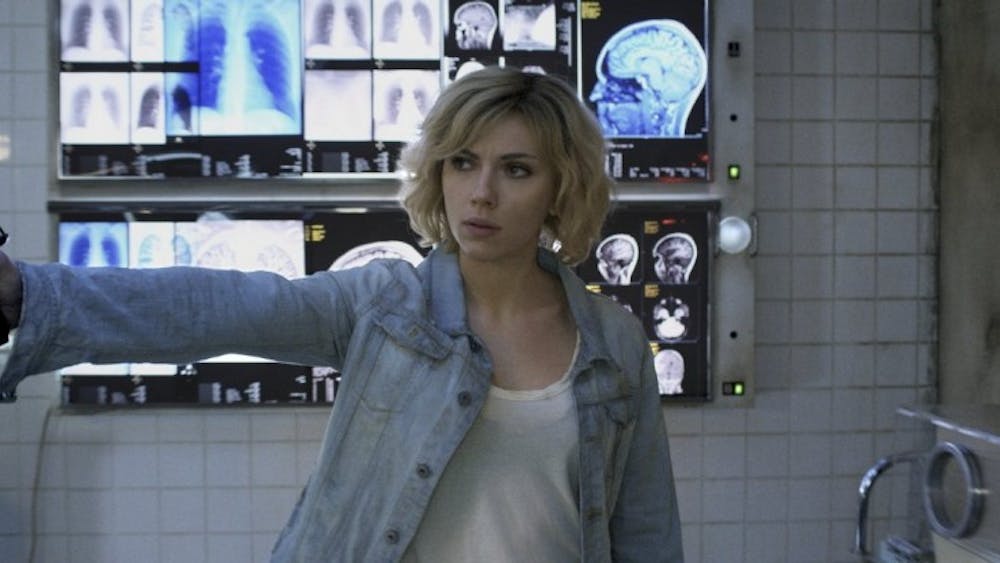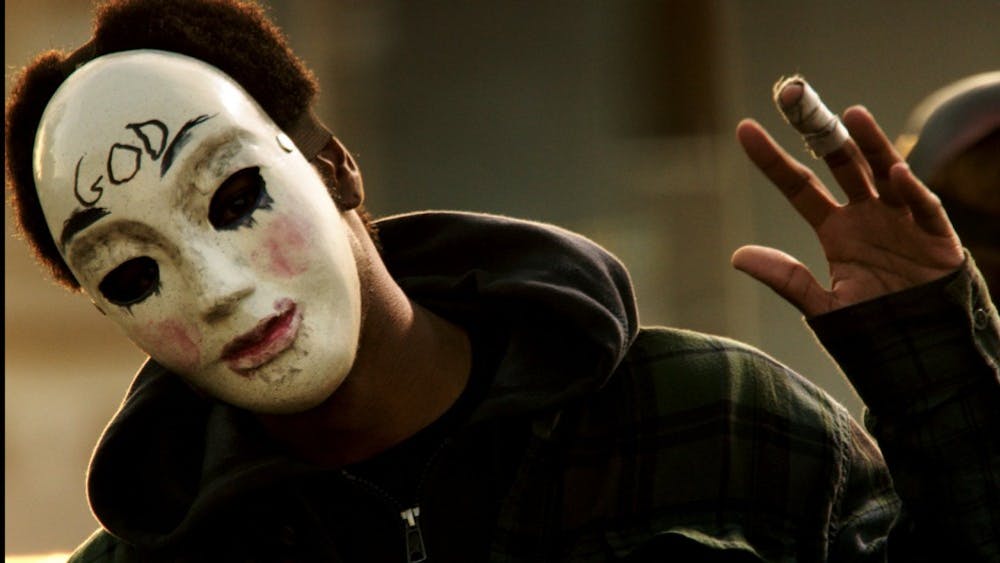As I walked out of the theater last October after viewing "Flags of Our Fathers," the disappointment in my mind only reminded me that "Letters from Iwo Jima," Clint Eastwood's companion piece from the Japanese perspective (filmed almost entirely in Japanese, save two English segments), would be a better film. What I did not expect upon viewing "Letters" is that it would join "Saving Private Ryan," "The Thin Red Line" and "The Longest Day" as one of the greatest WWII films ever made. \nThe imagery seen in "Flags" of the Japanese -- of bodies blown open by grenade suicide -- only scratched the surface of the horrors to be found on Iwo Jima. At the very start of "Letters," we realize these soldiers are forsaken as the Japanese government refuses to send reinforcements, restock rations or work cooperatively. Gen. Tadamichi Kuribayashi (played by the brilliant Ken Watanabe) is essentially sent to Iwo Jima on a suicide mission, which would last 40 days until American forces raised the flag over Suribachi and claimed victory shortly afterward. \nWatanabe is joined by two wonderful actors: Kazunari Ninomiya and Tsuyoshi Ihara. Ninomiya plays Saigo, a private drafted into service and taken away from his wife and whose bitterness is fueled by the fact that the Japanese government closed his bakery down to melt the equipment into weaponry. Ihara as Baron Nishi brings forth a shade of compassion that only Gen. Kuribayashi can match, and a scene between Nishi and a wounded American G.I. is one of the film's most powerful moments. \nWhile the decision to make such a film was bold on Eastwood's part, his film is brimming with humanity and intensity -- one might say it would be the kind of film Akira Kurosawa might've made had he ever tackled WWII. The divides between men on the island aren't just due to ranking; instead, class systems are evident and the ways of old clash with the new. Is it truly honorable to take one's life for his country, or should one fight until he is slain on the battlefield? Some men chose to hold a grenade close to their heart and perish in the island's dark tunnels -- others kept fighting atop the black sand with blind hope. \nThe dark and depressing tone the film sets for itself is only made worse by a scene of Gen. Kuribayashi visiting America. There he was celebrated by an audience, awarded an antique Colt .45 (which he wears all the time on Iwo Jima) and asked who would win between America and Japan in a war. He does not understand the question at first and simply thinks that both countries would be excellent allies in war -- a glimpse at what might've happened if Pearl Harbor had never took place.\nGranted "Letters" wouldn't exist had "Flags" not been made, Eastwood's Japanese half is far superior in every aspect and can stand alone. It is in "Letters" that the audience is not shown what evil monsters the Japanese were thought to be in the 1940s, but that they were men whose mothers also sent them off to battle. And for Eastwood, he quite possibly may have just crafted the greatest film in his long career.
'Letters' from Eastwood
Humanity mixes with horror on Iwo Jima
Get stories like this in your inbox
Subscribe





